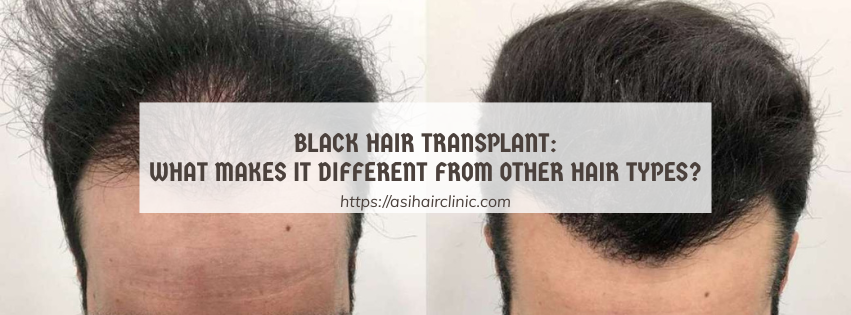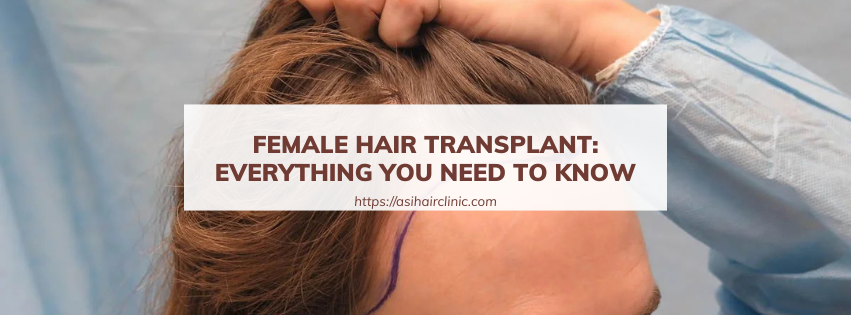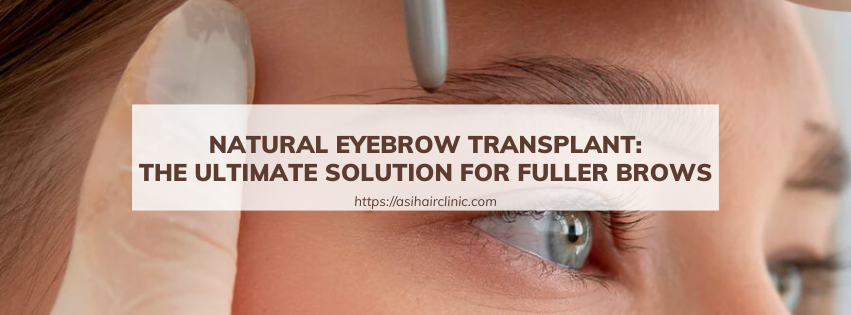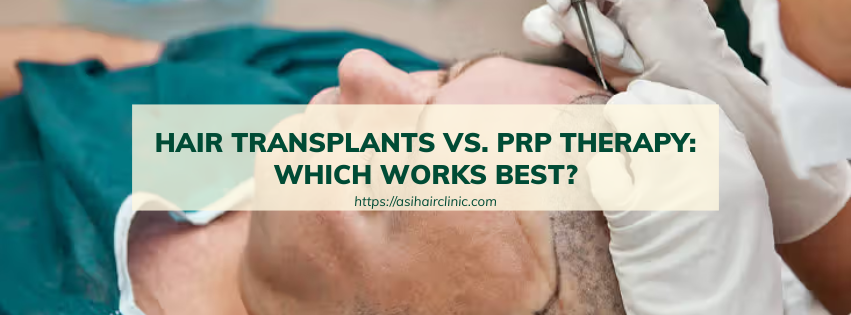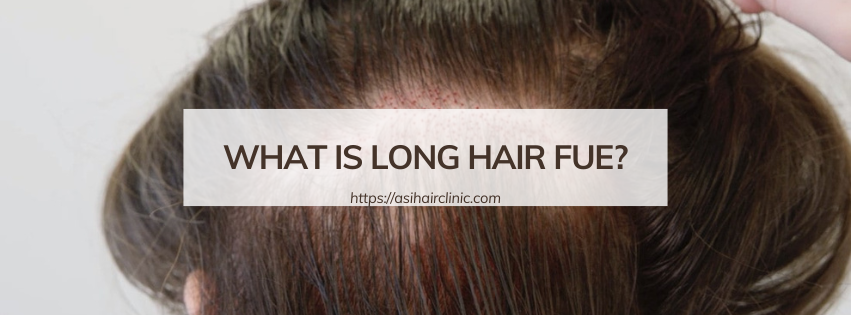Does Smoking Cause Hair Loss?
The connection between smoking and hair loss is a topic that has garnered increasing attention in recent years. While hair loss is often attributed to genetics, hormonal imbalances, and stress, many people are left wondering whether their smoking habit plays a role in that thinning mane. The reality is that the relationship between smoking and hair loss is multifaceted. This article aims to unravel this complex issue by examining scientific evidence, potential mechanisms, and lifestyle implications related to hair health.
1. Smoking and Hair Loss: The Potential Mechanisms
The complexity of the relationship between smoking and hair loss can be broken down into several potential mechanisms. Understanding these mechanisms helps clarify how smoking might contribute to hair thinning or loss.
1.1. Reduced Blood Flow: A Detrimental Effect
Nicotine acts as a vasoconstrictor-meaning it narrows blood vessels and restricts blood flow. This constriction can significantly diminish the delivery of oxygen and essential nutrients to hair follicles. When hair follicles lack adequate nourishment, their ability to grow healthy hair diminishes.
Moreover, reduced blood flow doesn't just affect hair health; it can lead to weakened hair structure and increased fragility. Over time, poor circulation may result in noticeable thinning, especially if combined with other risk factors like genetic predisposition.
1.2. Oxidative Stress: The Invisible Threat
Smoking produces an abundance of free radicals-highly reactive molecules that can cause cellular damage. These free radicals contribute to oxidative stress, which imposes harmful effects on various body systems, including hair follicles.
Oxidative stress can lead to inflammation, disrupting normal hair growth and leading to premature hair loss. In essence, the byproducts of smoking can create an environment in which hair follicles struggle to thrive, causing lasting damage that may become increasingly difficult to reverse.
1.3. Hormonal Imbalances: The Endocrine Connection
Hormones play an essential role in hair growth and maintenance. Smoking has been shown to disrupt hormonal balance, specifically impacting testosterone and estrogen levels.
In men, increased testosterone levels can promote male-pattern baldness, while women may experience hair thinning due to fluctuations in hormone levels, particularly around menopause or pregnancy. The interplay between smoking and hormone regulation can elevate the risk of hair loss, especially in individuals already predisposed to hormonal-based hair thinning.
1.4. Nutritional Deficiencies: Impeding Growth
Smoking can impair nutrient absorption, leading to deficiencies in vital components necessary for healthy hair growth, such as vitamin B12 and iron. Poor nutrition can compromise the integrity of hair follicles, making them more susceptible to damage and loss.
For those who smoke, taking proactive steps to ensure they’re getting the right nutrients is essential. A well-balanced diet rich in vitamins and minerals not only supports overall health but is also crucial for maintaining vibrant hair.

2. Clinical Studies and Evidence
While definitive studies on smoking and hair loss are limited, existing research indicates a strong correlation between smoking habits and various hair loss conditions. Understanding these associations can help individuals make informed decisions about their lifestyle choices.
2.1. Androgenetic Alopecia: The Smokers’ Risk
Androgenetic alopecia, commonly known as male pattern baldness, appears to be more pronounced among smokers compared to non-smokers. Research suggests that smoking may exacerbate the effects of this hereditary condition, accelerating hair loss in individuals already genetically predisposed to thinning hair.
The implications are clear: for those concerned about hair loss, quitting smoking could serve as a vital step in mitigating the condition. Addressing both genetic risk factors and behavioral habits can improve overall hair health significantly.
2.2. Alopecia Areata: An Autoimmune Factor
Alopecia areata is another hair loss condition characterized by patchy hair loss caused by an autoimmune response. Studies indicate that smokers are more likely to develop alopecia areata than their non-smoking counterparts. The stress imposed by smoking may trigger or worsen this autoimmune disorder, further complicating the relationship between smoking and hair loss.
Understanding this connection underscores the importance of addressing both physical and psychological health when it comes to hair loss prevention. Quitting smoking could potentially lessen the severity or frequency of flare-ups associated with conditions like alopecia areata.
2.3. Telogen Effluvium: Shedding the Stress
Telogen effluvium involves sudden and temporary hair shedding that may occur after a stressful event or change in routine. Given that smoking is a significant stressor on the body, it can contribute to this type of hair loss.
Individuals who smoke may find themselves trapped in a vicious cycle: stress leads to smoking, which exacerbates hair loss, thus compounding the issue. Recognizing the influence of smoking on stress levels can help individuals understand the importance of stress management techniques and support their journey toward better hair health.
3. The Impact on Different Hair Types
The effects of smoking on hair loss vary across genders and individual hair types. Understanding these distinctions is crucial for tailoring preventive strategies.
3.1. Men: Facing Accelerated Balding
For men, smoking tends to accelerate the progression of male pattern baldness, often resulting in more significant hair loss. The visible impacts can be distressing, prompting men to take active measures to combat hair thinning.
While genetics will always play a role in male pattern baldness, quitting smoking can slow the process. The benefits of improved blood flow and nutrient absorption cannot be understated; every bit helps in the fight against hair loss.

3.2. Women: Unique Challenges
Women, too, face unique challenges when it comes to smoking and hair loss. Female-pattern hair loss, characterized by thinning on the crown or parting, may become exacerbated by smoking.
Moreover, women who smoke may experience heightened hair loss during significant life stages, such as pregnancy or menopause, when hormonal changes are already occurring. Hence, smoking cessation can provide a dual benefit: improving overall health while also supporting healthy hair growth during these pivotal moments.
3.3. Children: Early Impacts
The consequences of smoking can even extend to children, particularly when mothers smoke during pregnancy. Research suggests that maternal smoking can negatively impact fetal hair growth, resulting in potential scalp abnormalities or hair loss in the child.
This highlights a broader public health concern surrounding smoking, emphasizing the need for education and resources to support families in making healthier choices for future generations.
4. Beyond Smoking: Other Lifestyle Factors and Hair Loss
While smoking certainly plays a notable role in hair loss, it’s essential to recognize that other lifestyle factors also contribute to hair health. By adopting a holistic approach to personal well-being, individuals can mitigate some effects of smoking and promote vibrant hair.
4.1. Nutrition: Fueling Healthy Growth
A balanced diet rich in protein, iron, zinc, and essential vitamins like biotin and vitamin D is paramount for hair growth. Nutritional deficiencies can weaken hair follicles, making them prone to damage and loss.
For those recovering from smoking, focusing on nutrient-dense foods can support overall healing. For example, leafy greens, nuts, seeds, and lean proteins provide essential nutrients for hair growth and vitality.
4.2. Stress Management: A Vital Component
Chronic stress is a common factor that contributes to hair loss, so implementing effective stress management strategies can be incredibly beneficial. Engaging in physical activity, practicing mindfulness techniques, and nurturing social connections can alleviate stress levels.
By reducing stress, individuals can create a more favorable environment for hair growth. This holistic approach allows for a comprehensive strategy that includes both dietary considerations and emotional well-being.
4.3. Scalp Care: Nurturing Your Foundation
Maintaining a healthy scalp is crucial for optimal hair growth. Regular cleansing routines, avoiding harsh chemicals, and utilizing gentle shampoos can create a supportive environment for hair follicles.
Additionally, incorporating scalp massages can stimulate blood flow, enhancing nutrient delivery to hair follicles. Taking care of the scalp is as important as caring for hair itself; a healthy foundation promotes lasting growth.
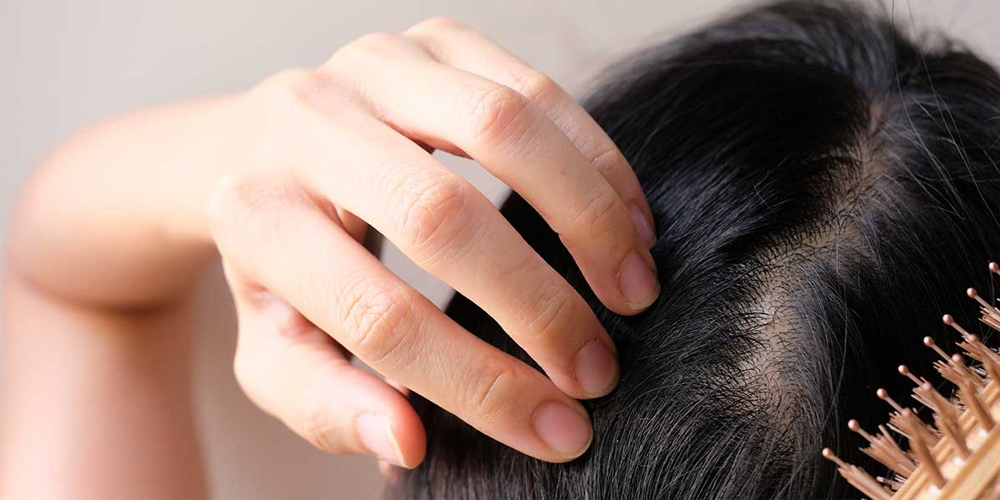
5. Reversing Hair Loss After Quitting Smoking
One of the most encouraging aspects of this discussion is that quitting smoking can positively impact hair health. While immediate changes may not be apparent, numerous physiological improvements can begin to take effect.
5.1. Increased Blood Flow: Nourishing Follicles
When individuals quit smoking, blood vessels dilate, allowing for improved blood flow throughout the body, including the scalp. Enhanced circulation nourishes hair follicles, promoting healthier and thicker hair growth over time.
This physiological change underscores the importance of quitting. Individuals can witness noticeable improvements in hair health, reinforcing the decision to embrace a smoke-free lifestyle.
5.2. Reduced Oxidative Stress: A Protective Effect
Quitting smoking means eliminating exposure to the free radicals generated by cigarette smoke. As oxidative stress diminishes, hair follicles can recover from previous damage, potentially leading to healthier growth cycles.
The reduction of oxidative stress provides an avenue for rejuvenation. As the body begins to heal, many individuals may notice less hair shedding and improved hair quality.
5.3. Improved Nutrient Absorption: A Positive Shift
Once a person quits smoking, their body's ability to absorb essential nutrients improves. This shift can restore deficiencies that may have developed over time, providing vital building blocks for hair growth.
With improved nutrient availability, the potential for vibrant, luscious hair increases. The emphasis here is on commitment: quitting smoking opens doors to a healthier lifestyle, ultimately benefiting hair health.
5.4. Hormonal Balance: A Restorative Process
Ceasing smoking can help restore hormonal balance, minimizing fluctuations that contribute to hair loss. As the body stabilizes, individuals may find that their hair growth cycles become more regular, ultimately leading to flourishing locks.
This restoration process is often gradual, requiring patience and perseverance. However, understanding the long-term benefits of quitting can motivate individuals to stay committed to their health journey.
Conclusion
In summary, the link between smoking and hair loss is complex yet significant. Through various mechanisms such as reduced blood flow, oxidative stress, hormonal imbalances, and nutritional deficiencies, smoking can adversely affect hair health. However, the good news is that quitting smoking can facilitate recovery and promote healthier hair growth.
While the journey toward regaining hair health may require time and effort, adopting a balanced lifestyle and addressing all contributing factors can yield positive results. Every step taken toward a smoke-free life carries the potential for a brighter future-not just for overall health, but also for sustaining one’s cherished locks. So, if you're contemplating quitting, remember: it’s never too late to reclaim your hair's vitality and strength.
LATEST POSTS

